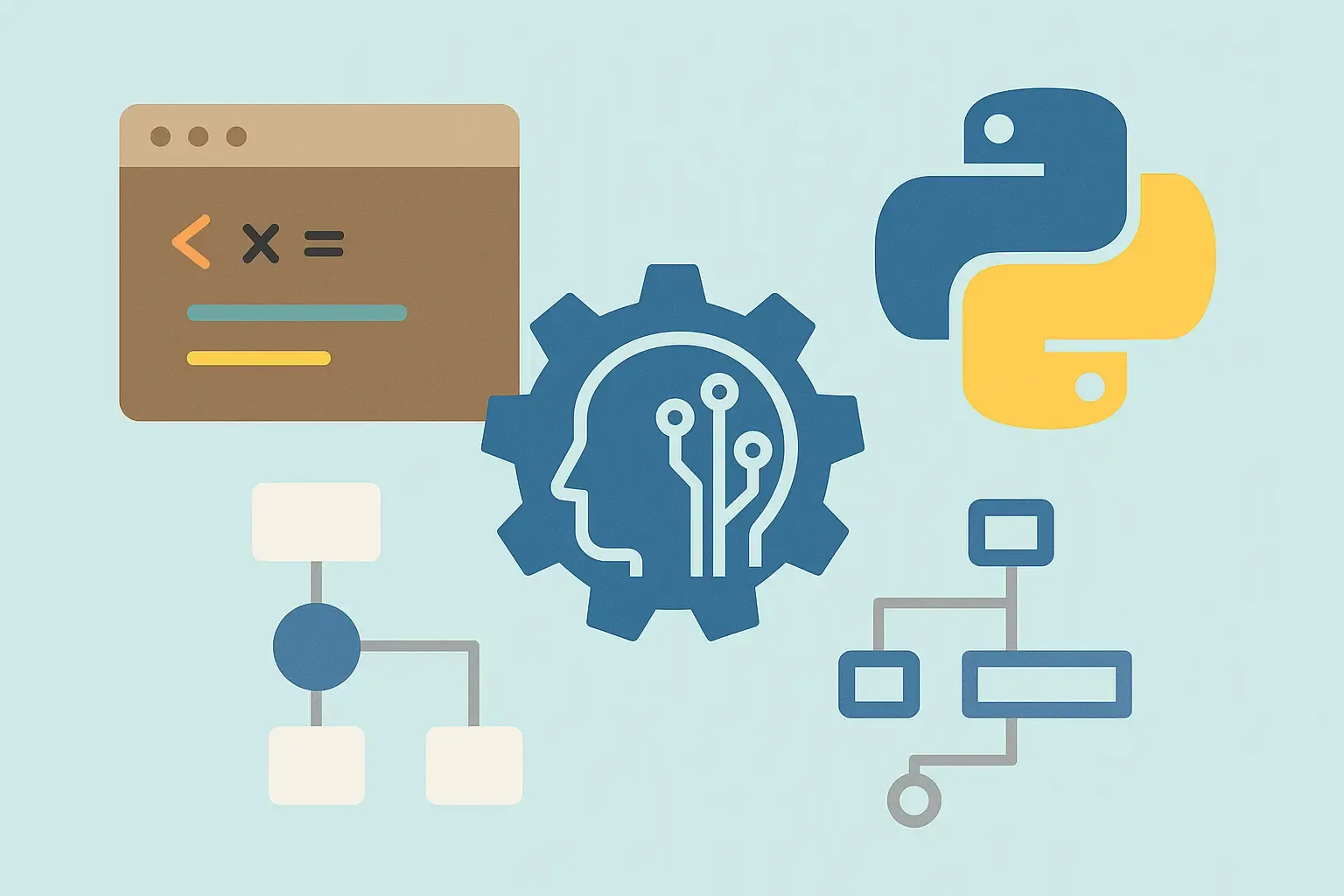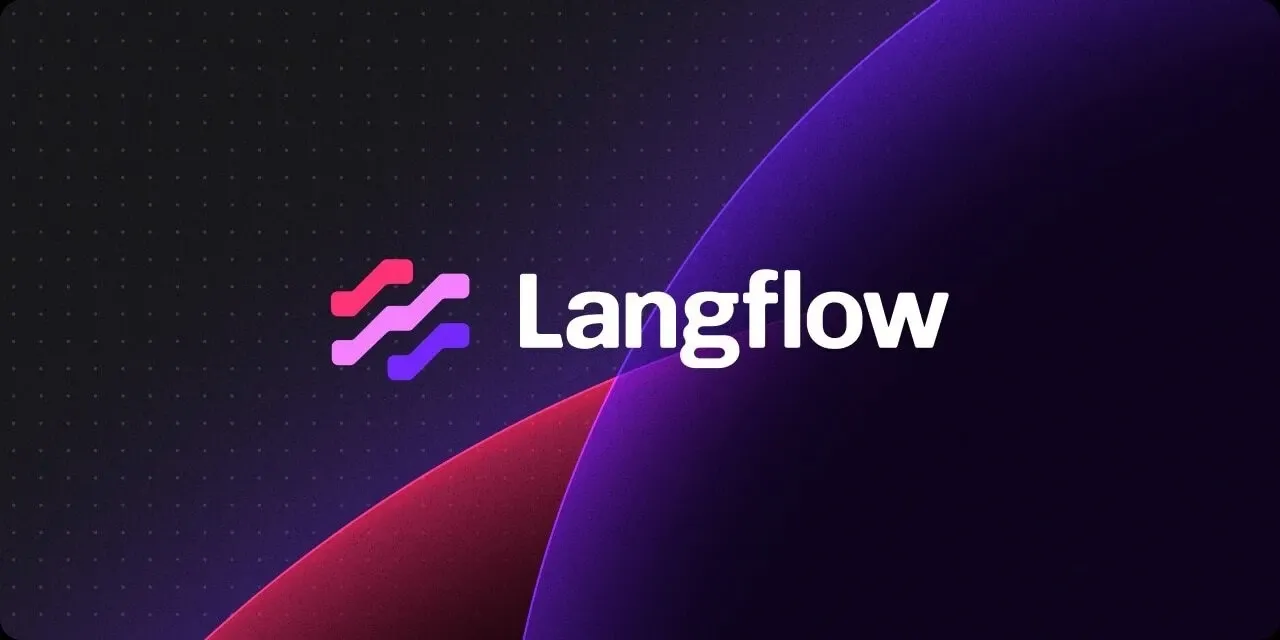The quality and performance of enterprise AI assistants are highly dependent on the data on which they are trained. High-quality, well-structured data is crucial for these systems to function effectively. An AI assistant trained on disorganized and inconsistent data will produce unreliable and inaccurate outputs. This is where data preprocessing techniques come into play. By ensuring the data is clean, consistent, and well-organized, data preprocessing enhances AI assistants’ accuracy, reliability, and overall performance, enabling them to provide more precise and useful results.
Transforming Raw Data into Reliable Insights Through Data Cleaning
Data cleaning is the essential foundation of data preprocessing for AI assistants. It involves various techniques to identify and correct errors, inconsistencies, and missing values within the data. Through AI-driven data cleaning, data is standardized to ensure uniformity and accuracy, reducing the time spent on manual coding and correction tasks. AI-powered data cleaning facilitates the seamless integration of third-party applications by ensuring that data formats and structures are compatible. AI data cleaning methods involve supervised learning techniques like regression and classification models.
A trained regression model, having analyzed patterns in existing data, can predict missing values based on relating factors. Similarly, data classification models can identify and fix mislabeled entries. Trained on clean data, they learn patterns to categorize errors, correct inconsistencies and boost data accuracy. This AI-powered data cleaning translates to several benefits: improved predictive analysis with more accurate models, enhanced anomaly detection for spotting unusual patterns, and personalized recommendations based on clean data. It organizes and corrects the data, making it ready to be used effectively for better decision-making and improved results.
The following are some of the AI data classification and regression methods for data cleaning:
Decision Trees: These algorithms create a flowchart-like structure to classify data based on decision rules, starting with a root node representing the dataset, which splits into child nodes for data subsets.
Logistic Regression: This algorithm predicts the probability of a binary outcome by using the logistic function to model the probability that a given input point belongs to a certain class.
Support Vector Machines (SVM): SVMs find the optimal boundary that separates data into classes, useful for high-dimensional and non-linear data.
Neural Networks: These models use layers of nodes to process data and make predictions. They classify data based on patterns learned from training data.
Linear Regression: It predicts a continuous target variable by fitting a linear equation to the observed data, minimizing the sum of squared differences between observed and predicted values.
The Role of Data Profiling in Understanding Data
Data profiling is a data preprocessing technique that involves examining and cleaning data to understand its structure and content to maintain quality. It summarizes and evaluates the condition using various column and table profiling tools and analytical algorithms. Data profiling assesses accuracy, consistency, and timeliness to identify issues like null values or inconsistencies.
Traditional data profiling can be categorized into three primary types:
Structure discovery ensures data consistency and formatting through mathematical checks like calculating sums, mean, median, mode, and standard deviation, ensuring adherence to intended structures. Content discovery involves examining individual data records to identify errors and systemic issues pinpointing specific table rows with problems. Relationship discovery explores interconnections and relationships within the data, highlighting key associations between database tables or references within spreadsheets.
AI-based data profiling for data preprocessing utilizes machine learning (ML) algorithms to automate and enhance the process of analyzing and understanding the data characteristics. AI algorithms begin by comprehending the structure and content of the data. They utilize natural language processing (NLP) to analyze text data and correct errors such as inaccuracies and misspellings, ie., to standardize and cleanse text data. These data preprocessing techniques identify the data quality, consistency and completeness of the data values. Feature extraction techniques are employed for structured data, while advanced neural networks use image recognition techniques to detect patterns and anomalies in visual data.
Eliminating Duplicates and Irrelevant Data for Clear Insights
Identifying and removing duplicate or irrelevant data is paramount in data preprocessing to ensure the quality and integrity of the dataset. Traditional methods include using ‘pandas’ functions for exact duplicates, fuzzy matching for near duplicates, domain knowledge or feature importance for irrelevant data, and imputation strategies for incomplete records.
AI-driven deduplication tools use advanced algorithms, including computer vision, deep learning, and natural language processing (NLP), to identify duplicate data chunks. Computer vision enables visual pattern recognition, while deep learning learns complex patterns from large datasets. NLP algorithms interpret the context and meaning of textual data, aiding in identifying semantic similarities between text pieces. Integrating AI into deduplication maximizes storage efficiency and cost savings by eliminating redundant data, ensuring data integrity and consistency, and scaling seamlessly with growing data volumes.
Record linkage is the method of identifying and linking records representing the same entity across diverse data sources to deduplicate data. It involves data preprocessing, indexing, and comparison to calculate similarity scores between record pairs. Supervised learning models, such as XGBoost, classify record pairs as duplicates or non-duplicates based on these similarity scores. By using these AI/ML techniques, record linkage enhances data quality by efficiently identifying and merging duplicate records, thereby reducing redundancy and improving data accuracy.
A new approach, PDDM-AL, performs data deduplication by integrating two techniques: pre-trained transformers and active learning. With the semantic understanding of pre-trained transformer models, it surpasses simple string matching to identify duplicates amidst variations in wording or formatting. For instance, it can recognize that “John F. Smith” and “John Smith Jr.” likely refer to the same person. Active learning enables PDDM-AL to focus on uncertain data pairs, presenting them to human experts for labeling and minimizing the need for manual labeling. Additionally, it incorporates domain-specific information highlighting and employs the R-Drop data augmentation technique to enhance model robustness against noisy data, ensuring improved accuracy.
Refining Data Accuracy by Identifying and Removing Outliers
Outliers or noise are data points that deviate significantly from the rest of the data set, which can skew the training process and lead to inaccurate results. Outlier detection in data preprocessing helps spot unusual patterns or errors and highlight data points that need special attention. Traditional detection methods like smoothing, filtering, and transformation help identify and address these outliers by reducing noise and highlighting unusual patterns or errors.
AI algorithms for data preprocessing are trained to detect anomalies or outliers in the data. This involves unsupervised learning techniques such as clustering (e.g., k-means clustering) or density estimation (e.g., Gaussian mixture models) to identify data points that deviate significantly from the norm.
K-means Clustering: Anomaly detection using k-means clustering involves identifying data points that deviate significantly from their cluster centroids. AI assists in segmenting data into clusters based on similarity, with outliers identified as points distant from their centroids. AI algorithms calculate these distances and set a threshold to distinguish outliers from the main cluster. This ensures that resulting clusters accurately represent underlying patterns, enhancing analysis and decision-making.
Gaussian Mixture Models (GMMs): They are effective for outlier detection and removal by estimating the probability density function of the data. By modeling data distribution as a mixture of Gaussians, GMMs identify regions of low density, indicative of outliers. These outliers are then flagged and removed, ensuring subsequent analyses and machine learning models are not skewed by anomalous data. This enhances dataset quality, enabling more accurate AI-driven decision-making.
A new framework combining deep learning and statistical quality control models was developed to improve data quality by detecting outliers. It is demonstrated using public salary data of Arkansas officials, downloaded from the state’s open data library. The data preparation phase involves transforming and cleaning the data converting string and date types to numerical values to facilitate ML algorithms. The deep learning model, specifically a Backpropagation network with multiple hidden layers, is trained to predict salaries based on various input features.
Outlier detection is performed using a statistical quality control model. The model calculates the error between predicted and actual salaries, identifying data points that fall outside the control limits as outliers. For instance, some full-time employee salaries were detected as outliers, with discrepancies such as annual salaries being only 21 cents. This approach automates the identification of outlier data, reducing workload and improving accuracy of the AI/ML models.
Data preprocessing is often the significant process behind the impressive capabilities of AI assistants. Data preprocessing techniques help AI assistants learn effectively, deliver accurate results, and adapt to diverse user needs by ensuring clean, consistent, and well-structured data.
At Random Walk, we’re committed to empowering enterprises with advanced data visualization tools. Our comprehensive services cover every aspect, from initial assessment and strategy development to continuous support. With our expertise in developing secure knowledge models and data visualization tools like using generative AI, AI Fortune Cookie, we ensure your data is optimized and your knowledge management systems are robust and efficient. Contact us for a one-on-one consultation and discover how our data visualization tool using generative AI, Fortune Cookie,can enhance your enterprise’s data, integrate it in your enterprise system to manage and visualize this data for your specific use cases.






